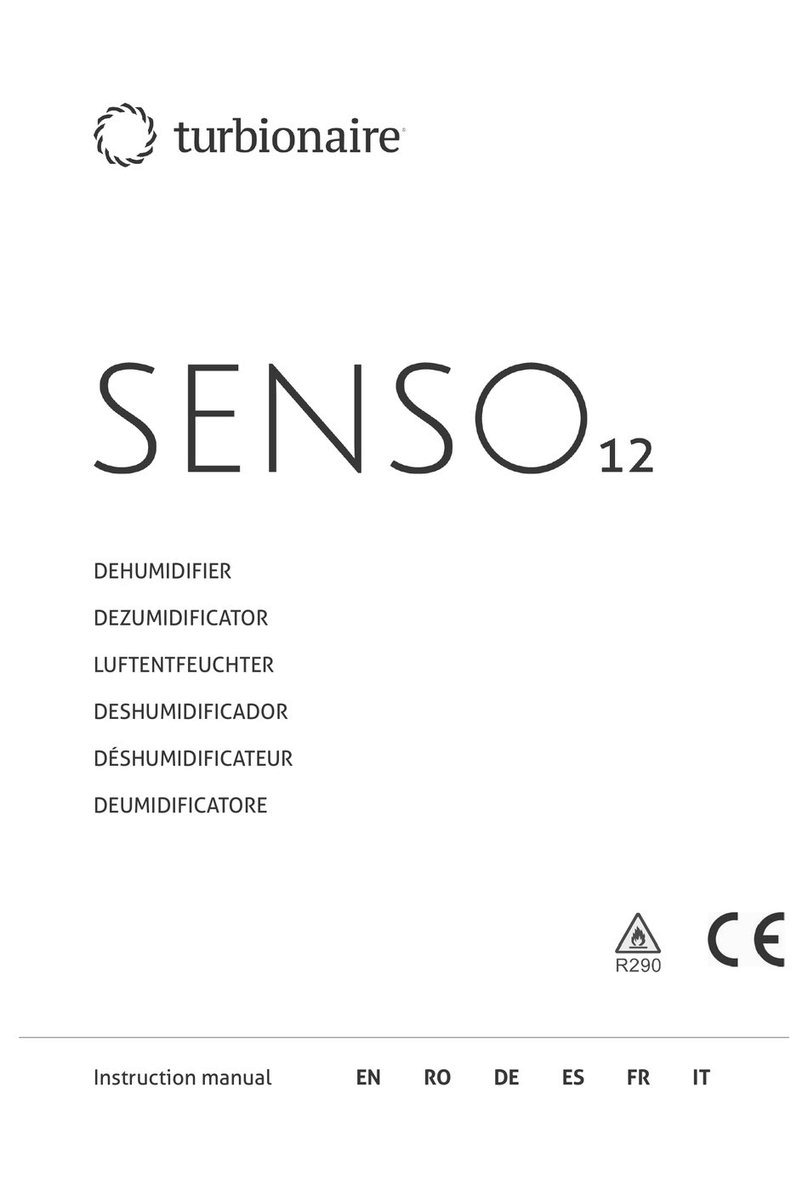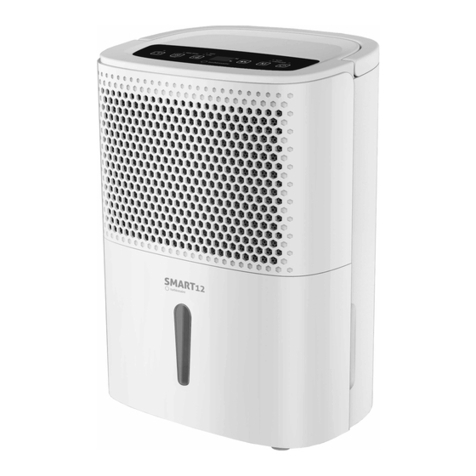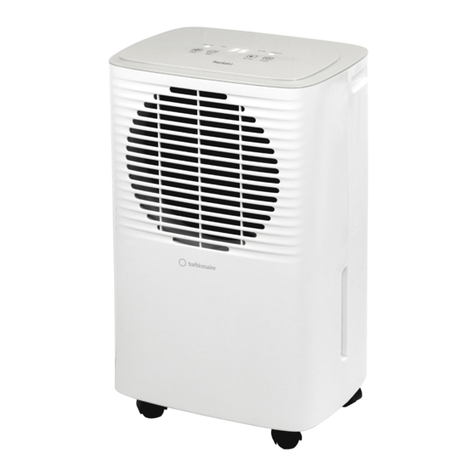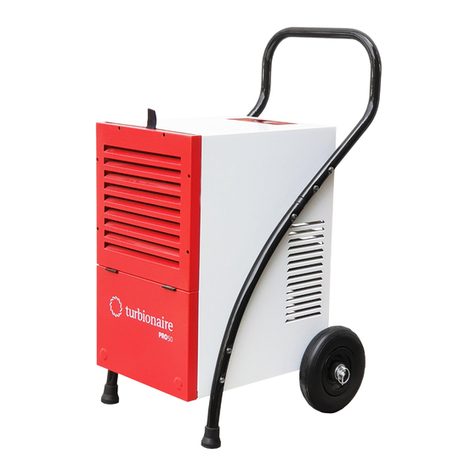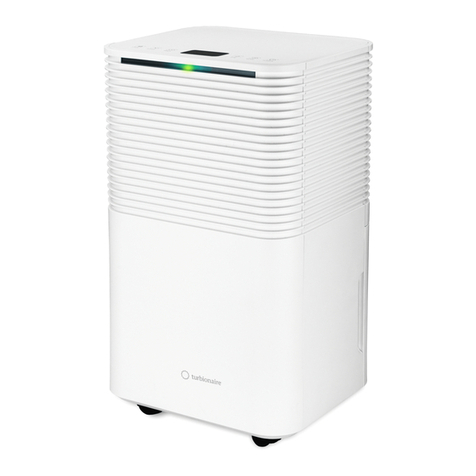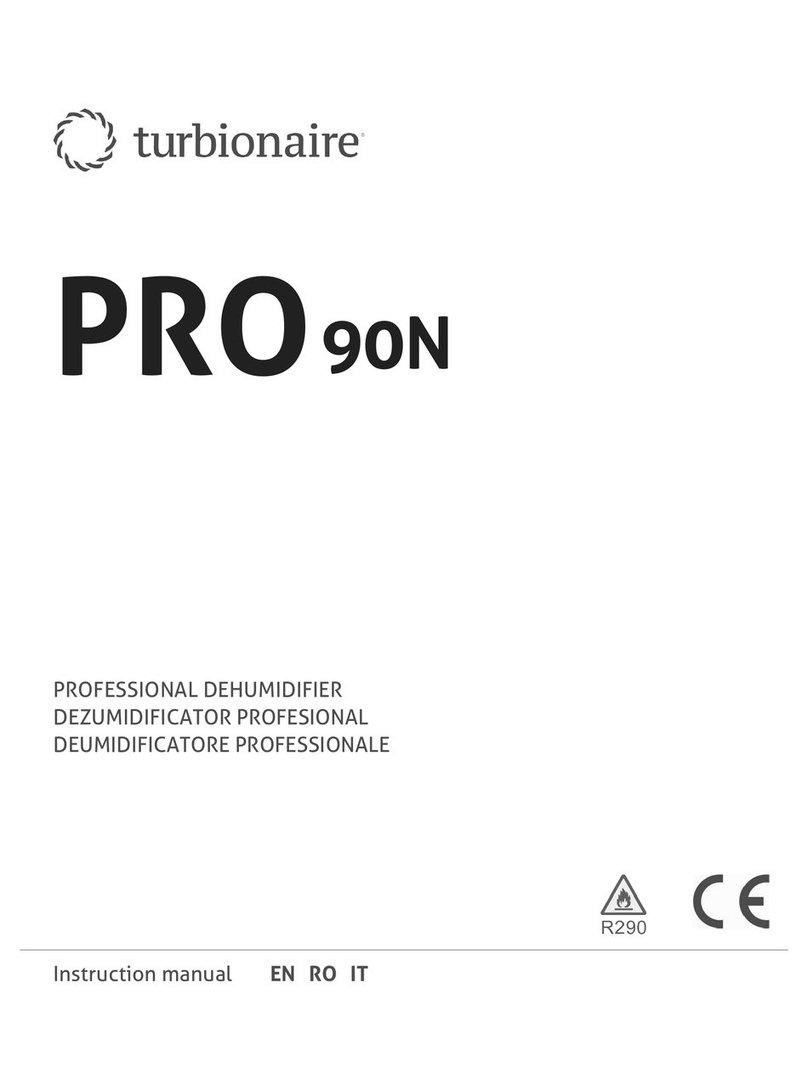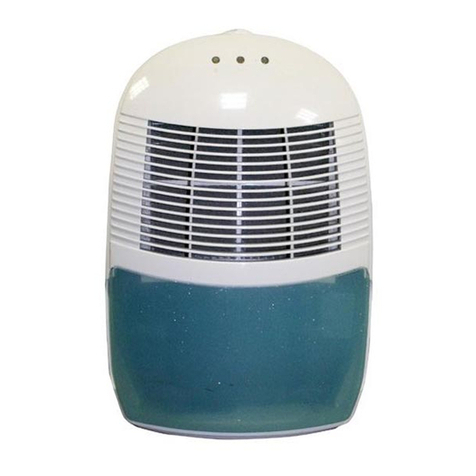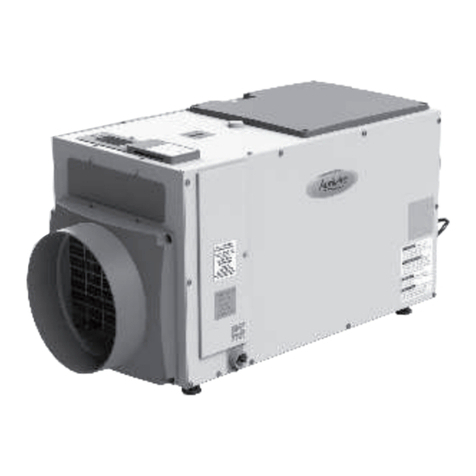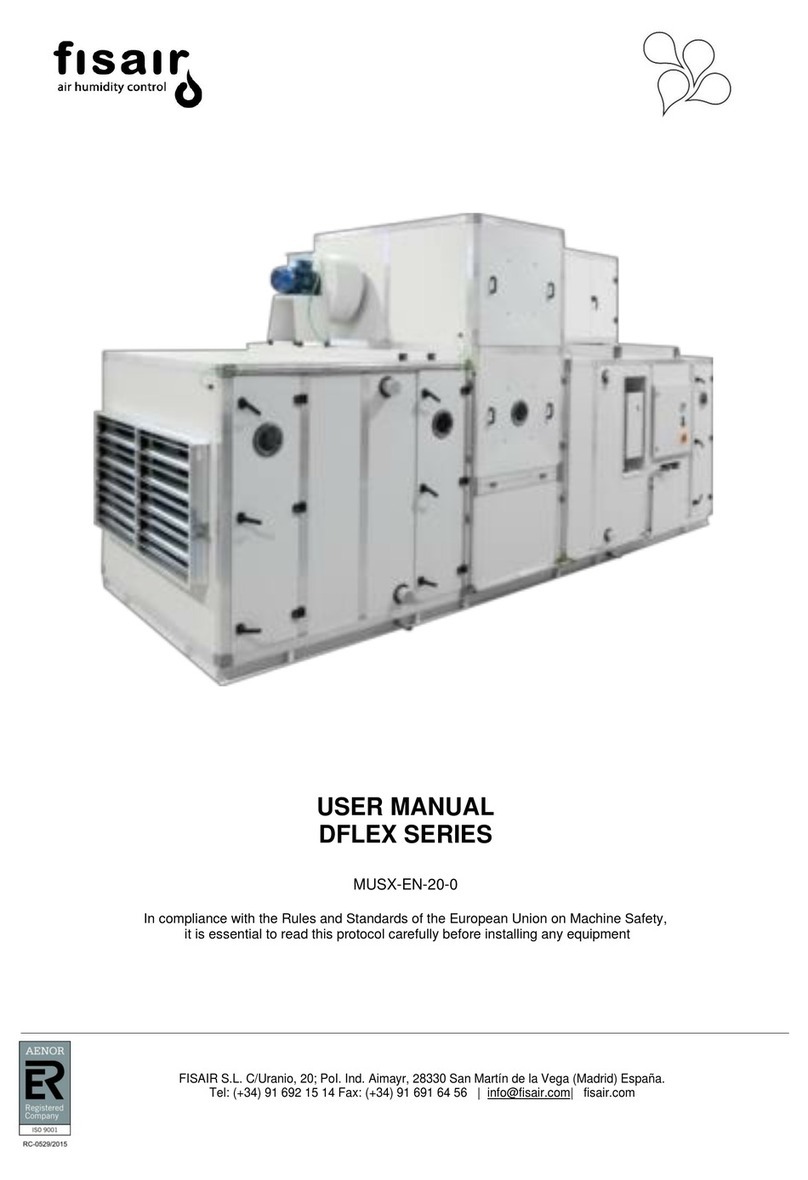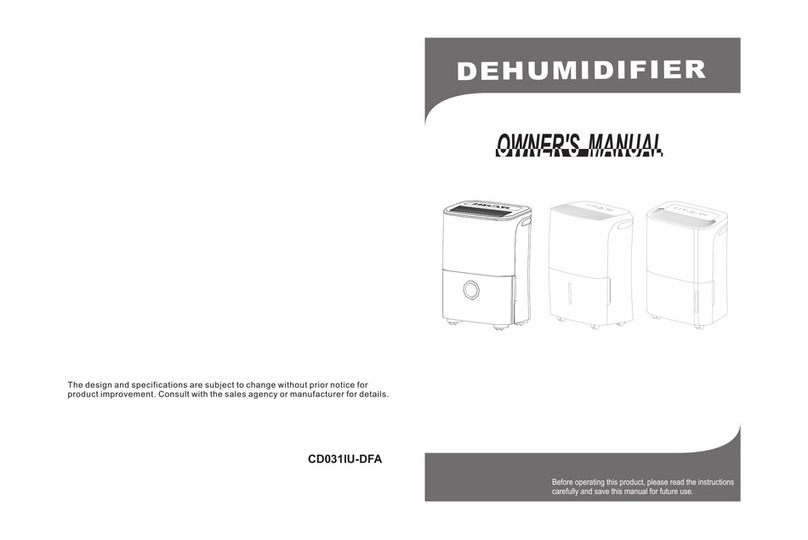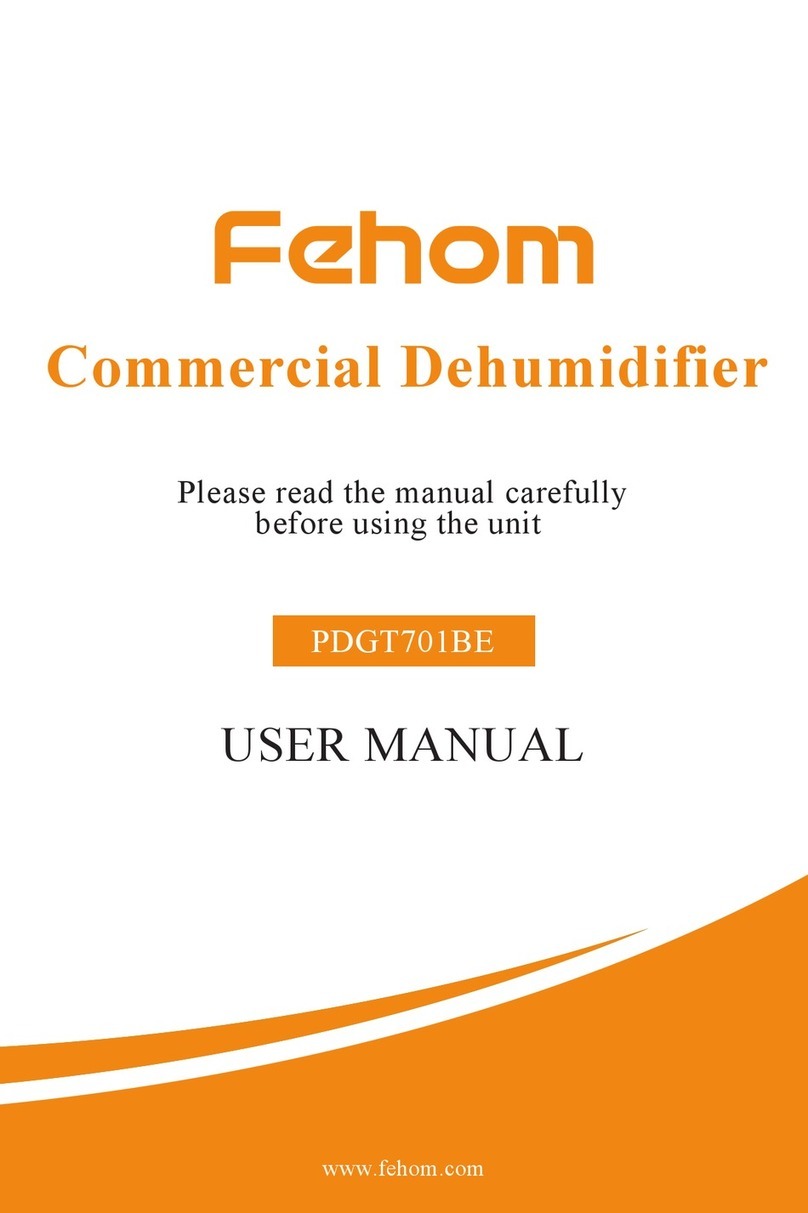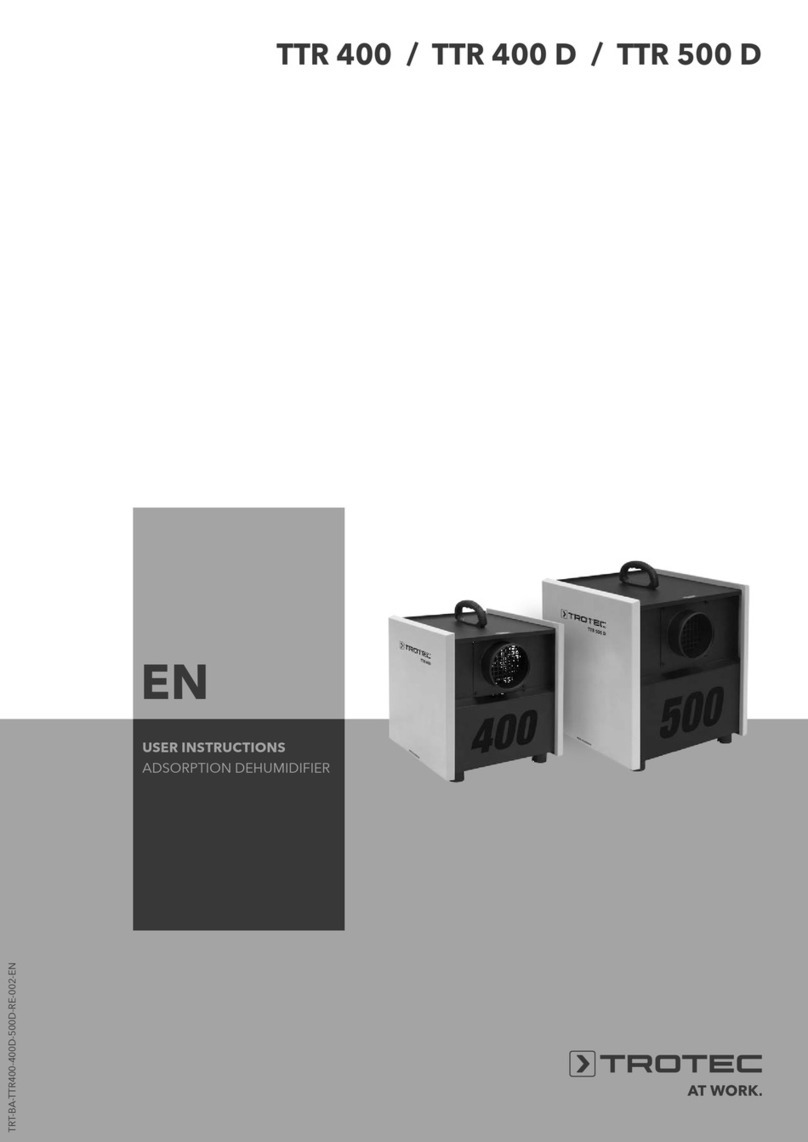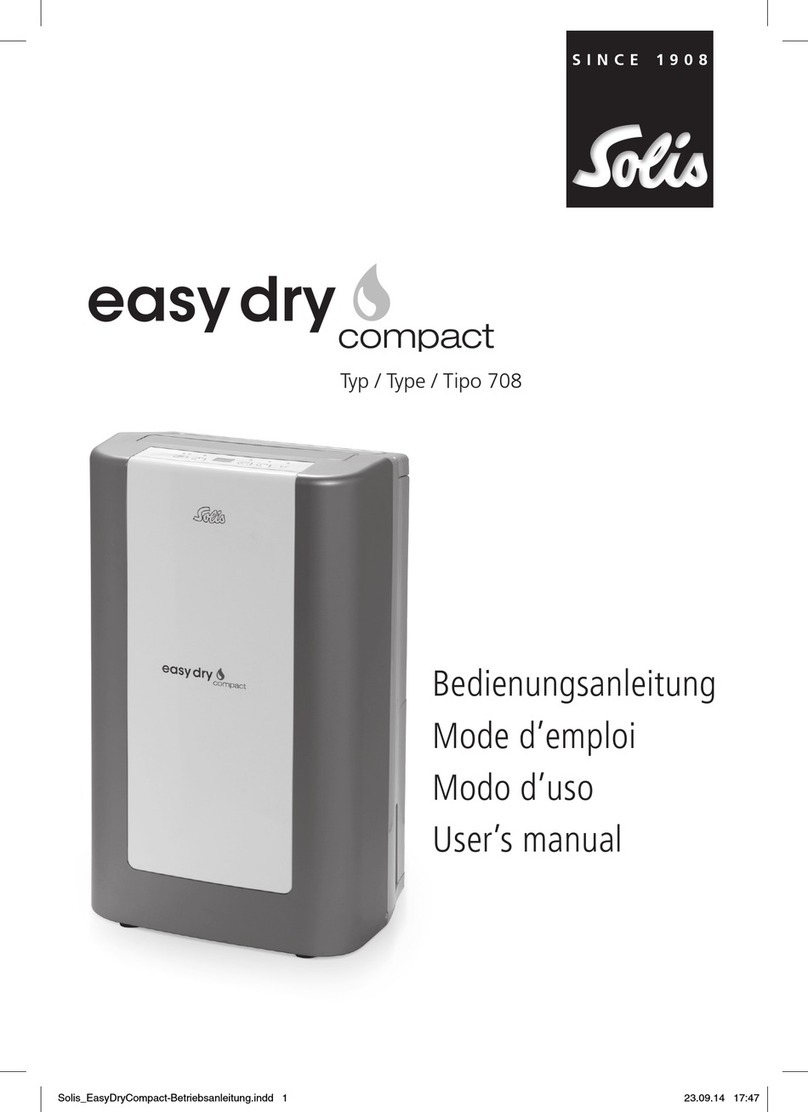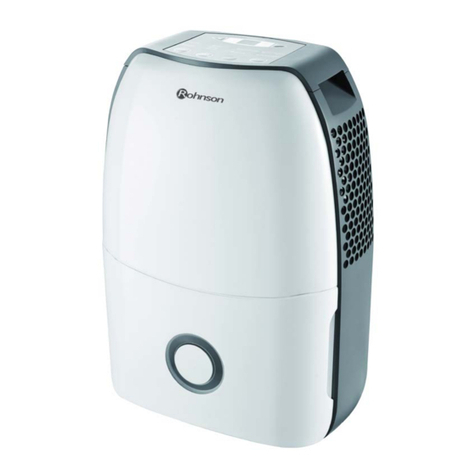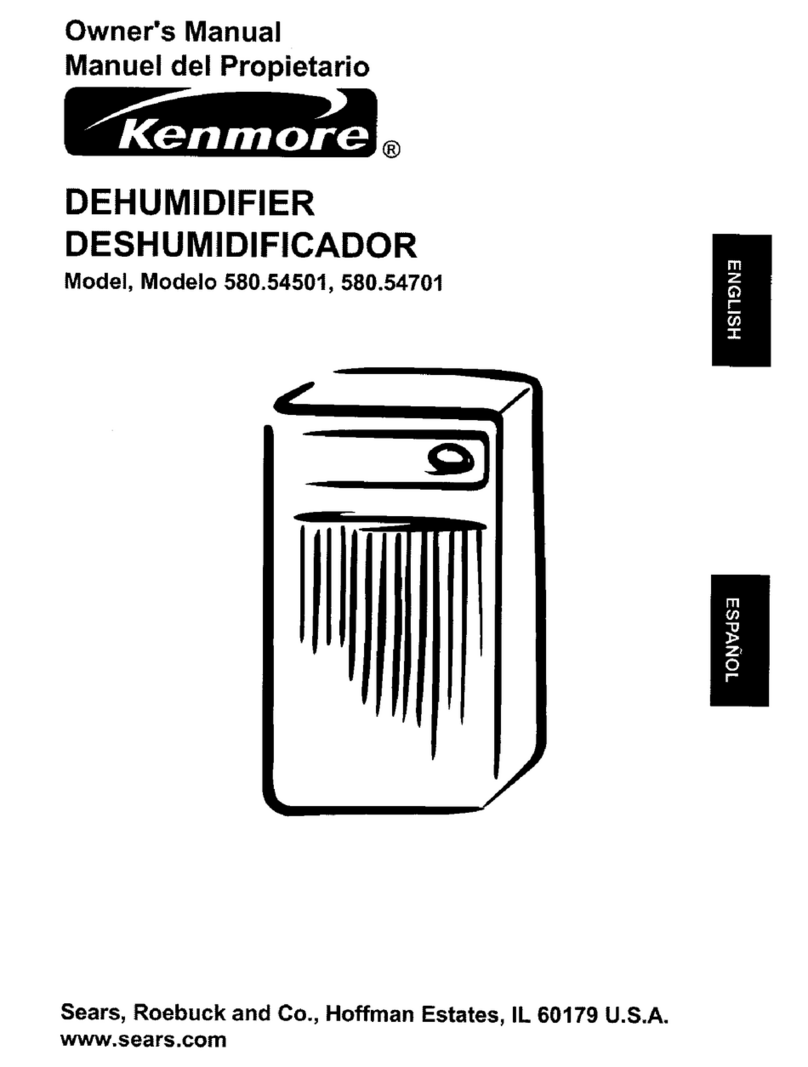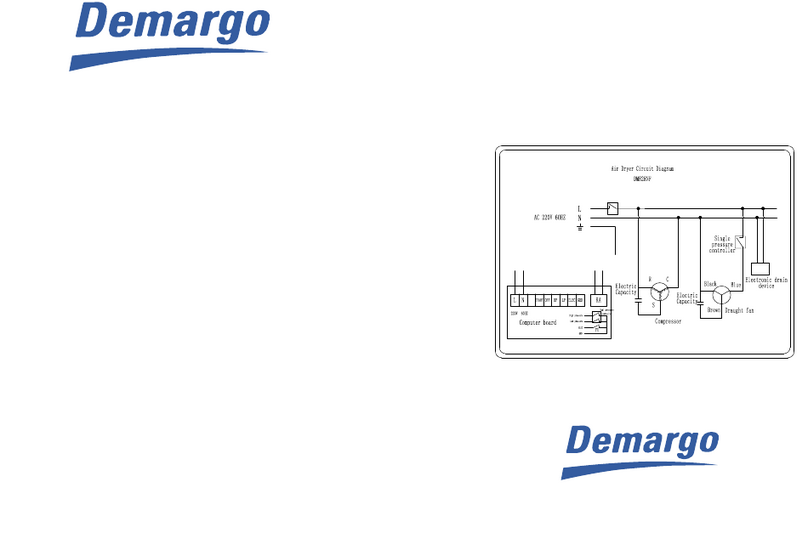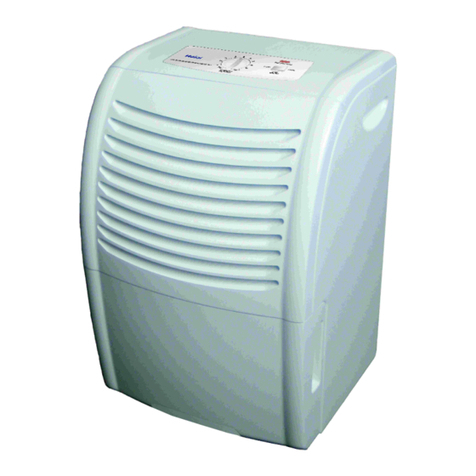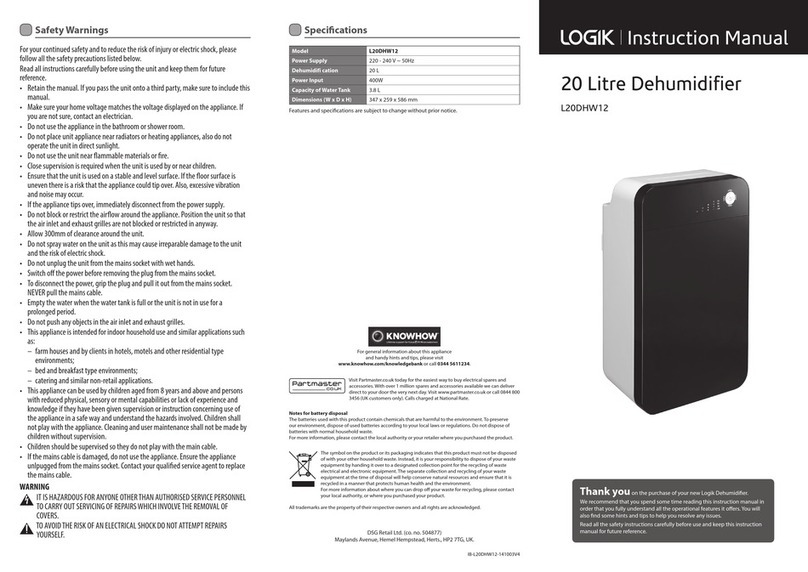
Before starting
To avoid damage, place the unit in the upright position at least 24 hours before starting.
Ensure that the air inlets and outlets are not blocked.
Place the unit only on a horizontal surface to avoid water leakage.
Warnings
The impedance of the unit must not exceed 0.236 ohms. Failure to comply with
these requirements may result in restrictions being imposed by the power supply
authorities. Refer to the local power supply authorities if the electrical impedance
exceeds 0.236 ohms.
•Any person working with a refrigerant or cooling circuit must hold a valid
certificate issued by an accredited assessment authority competent in the
field to authorize the safe handling of refrigerants according to the
recognized assessment specifications in the field.
•Take into consideration the protection of the environment when removing
the packing of the unit and the unit itself at the end of its useful life.
•The appliance must be stored in a well-ventilated area where the room size
is in line with the operating conditions.
•The appliance must be stored in such a way that mechanical damage cannot
occur.
•Information for spaces where refrigerant pipes are allowed:
-the installation of the pipes must be kept to a minimum;
-the pipes must be protected from physical damage and, in the
case of flammable refrigerants, must be installed in a well-
ventilated area;
-compliance with national gas regulations;
-mechanical connections must be accessible for maintenance;
-in the case of units containing flammable refrigerants, the
minimum area of the room must be mentioned under the form
of a table or of a single figure without reference to a formula;
•Ventilation holes should be kept free.
•Any service intervention will only be performed in accordance with the
manufacturer's recommendations;
•The pipes connected to an appliance should not contain a potential source
of fire;
•When the portable air conditioner or the dehumidifier is turned on, the fan
can operate permanently under normal conditions to ensure a minimum air
volume of 150 m3 / h, even when the compressor is closed due to the
temperature controller.
•Do not perforate or burn.
•Use only the tools recommended by the manufacturer for defrosting or
cleaning
•Do not perforate any of the components of the refrigerant circuit. The
cooling gas may be odourless.
EN
